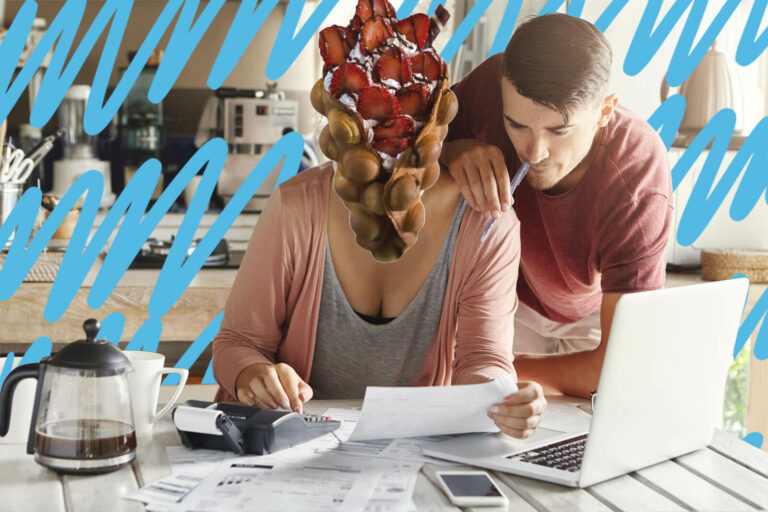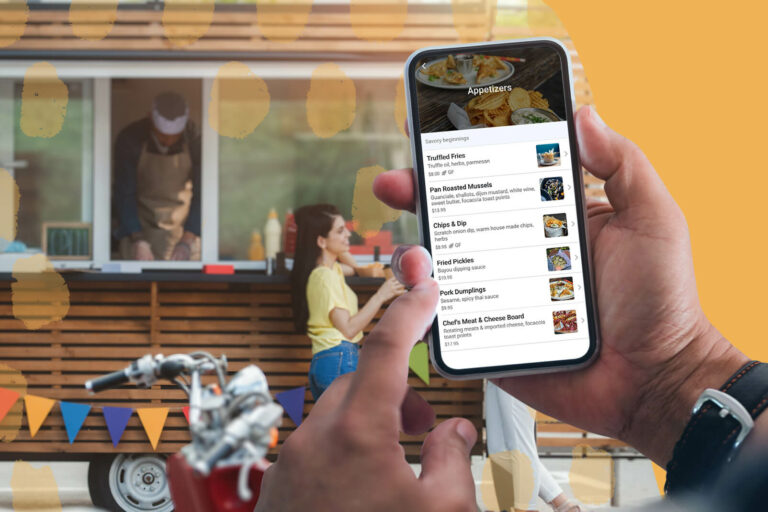Figuring out how to price your menu is one of the most important aspects of running a profitable quick service restaurant, coffee shop, or food truck. But choosing the right menu pricing method is tough! You want to turn a profit but you also don’t want to scare away your customers.
So what’s the best way to price your menu? As with most things, it depends!
Read on to learn about 3 popular menu pricing methods and how to determine which is the right fit for your quick service restaurant, coffee shop, or food truck.
Want to jump ahead? Click here to access our handy Menu Pricing Calculator.
Menu Pricing Methods for Restaurants
The following covers the ins and outs of three popular menu pricing methods, plus when and how to use each.
Menu Pricing Methods:
- Factor Method
- Price Cost Method
- Actual Cost Method
Let’s get started!
#1: Factor Method
The factor method calculates menu pricing based on the cost of food and beverage. It’s a straightforward approach best suited for new restaurant concepts working on their initial pricing strategies who don’t have a ton of data and insights into their business (yet!).
How to Price Your Menu Using the Factor Method:
Food Cost x Food Cost Percentage = Minimum Sale Price
Quick Reference:
- Food Cost: what does it cost to make ONE portion
- Food Cost Percentage: your desired food cost percentage (usually between 15-30%)
- Minimum Sale Price: the absolute bare minimum you can price this item to cover your expenses
#2: Prime Cost Method
The prime cost method is a more comprehensive approach to figure out how to price your menu. It considers your food costs, labor costs, and your prime cost percentage. It is an excellent method for restaurants who have a more detailed understanding of their overall operational costs.
How to Price Your Menu Using the Prime Cost Method:
Prime Cost / Price Cost Percentage = Minimum Sale Price
Quick Reference:
- Prime Cost: How much of every dollar that comes in goes to paying for food/beverage and staff.
- Calculating Your Prime Cost: Add your food cost and labor cost together to find your prime cost for each menu item.
- Prime Cost Percentage: The percent of each sale that goes toward your prime cost. This should be between 55-60% of your sales.
Want an easy way to find your minimum sale price? Click here to access our *free* Menu Pricing Calculator.
#3: Actual Cost Method
The actual cost method is designed to incorporate all operational costs into your menu pricing strategy and provides an even more comprehensive view of what it takes to run your business successfully. This method is best for restaurants that have been in business for a few years and have a clear understanding of their costs.
How to Price Your Menu Using the Actual Cost Method
Prime Cost / Target Costs = Minimum Sale Price
Quick Reference:
- Prime Cost: Food costs plus labor costs
- Target Costs: The total of your Occupational Cost (per order item), Variable Cost (per order item), Fixed Cost (per order item) and desired EBITA (Earnings Before Interest, Taxes, Depreciation, and Amortization)
Menu Pricing Tips
Getting a minimal menu price is an excellent starting point but you’re not done yet! There’s a few more steps to take before you’re ready to pop that price on your menu. Check out these bonus menu pricing tips to get you started:
Round Up: Most likely the raw number you get from any of the menu pricing methods above won’t be customer-friendly so you’ll need to round up to the nearest 0, .5, or .95 (for example, turn $5.12 into $5.50, $5.95, or $6.00)
Price Items Consistently: Even if there are some items that are super cheap and others that are more expensive, you’ll want to price each menu category relatively similar. For example, don’t offer a $20 sandwich and a $4 sandwich in the same category.
Competitor Comparison: Make sure your menu prices are competitive by comparing them with three similar establishments. The goal is not to copycat, but to position yourself appropriately.
Menu Pricing Calculator
Ready to put all these menu pricing methods to the test? Check out our Menu Pricing Calculator! It includes 3 built-in calculators to cover each of the menu pricing methods above so you can choose the one that’s best for your business.
Follow us for tips, news, and tutorials to run a successful small restaurant.






